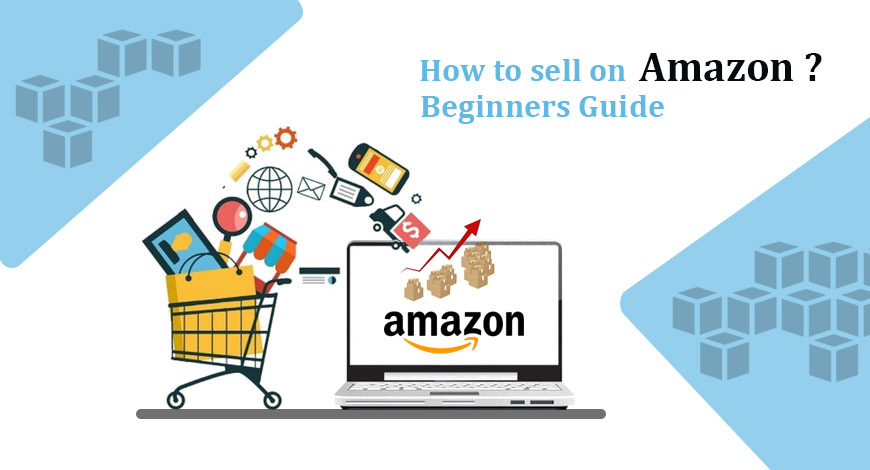A Brief Introduction to Social Commerce & Tips to Start Your Business!
All of you must be aware of eCommerce, but most of you must not have been aware of social commerce, which is a new buzz in the town. It is a new way of selling your products to millions of customers. This feature is emerging throughout several platforms and creating new opportunities for all the small and big brands to sell their products effectively. This brand-new selling method has been increased deliberately during the COVID-19 pandemic because brick-and-mortar stores were not working.
The pandemic situation is the primary reason behind the emergence of this trend. It has drastically changed the digital selling concept and introduced social media platforms as a new marketplace for customers to shop for their products. Facebook, Instagram, and several other social media platforms have been used acutely to sell several diversified products. This blog explicitly mentions what it is and the aspects you should consider while selling your products through social media. Let’s deep dive and find out what it is and how it can benefit you as a seller.
What is Social Commerce?
It is the new way of selling and buying products directly through social media platforms such as Facebook, Instagram, Pinterest, etc. This method allows customers to shop while scrolling through their favorite social media platforms. As we know, in this digital age, customers from various generations are using social media platforms. Hence it is one of the most innovative ways to sell your products through social media by associating with this new business method. This specific business model has pushed social media beyond its actual role. According to a survey, this method is also helpful for various brands and individual sellers. Within the next two years, it has been predicted that this business model will grow faster than ever.
Startling Social Commerce Platform to Start Your Journey with
Regarding this selling process, it is essential to know about platforms that allow you to sell your products. Here, we have mentioned a few popular social media platforms where you can sell your products and fulfill the requirements of a number of customers.
Undoubtedly, Facebook is the most recognizable social media platform worldwide. If we talk about the statistics from India, Facebook currently has 329.65 million active users. This platform has a tool with a shallow barrier for sellers to enter. You can set up a Facebook business profile to sell your products through this platform. At Facebook, you can automatically synchronize your entire inventory list with this platform in just a few seconds.
In case your eCommerce solution doesn’t provide Facebook integration, then, in that case, you can even upload your product information through a spreadsheet also. Selling your products through this specific business model also encourages organic product discovery and ultimately helps you increase your overall revenue. Once Facebook users find your products on this platform, they can even complete a purchase through the Facebook app itself. This platform is the most recommendable way to connect with your customers directly through messenger.
As you know, Facebook is the parent company of Instagram, so Instagram shopping is directly linked with the Facebook shop. To set up your shop, you must link your Instagram business account to your Facebook business account. Once you get it done, you will be able to upload your existing product catalog on this platform, or you may create a new one also.
Instagram is all about #hashtags, and to sell your products successfully through this social media platform, and you need to add various relatable tags to your content. It can make your product discoverable for your customers. Apart from that, Instagram posting, creative reels, and videos will help you immensely in selling your products. This platform offers more opportunities for creative selling promotion because of its visual feature.
Pinterest is another social media platform that allows you to sell your products directly to your customers. However, like any other social media platform through Pinterest, you won’t be able to provide the complete shopping experience to your customers on this platform only. Product pins are not direct tools at Pinterest, so customers will redirect to your main eCommerce landing page to complete their purchase. To sell your products through this social platform, you need to add your product catalog to the Pinterest business page. According to a recent survey, more than 80 percent of Pinterest users are actively searching for some purchase inspiration. However, setting up your product page on this platform requires a little technical knowledge to pinpoint your products for your customers.
Three Key Benefits of This Specific Business Method
Connect with a Wider Customer Base
Acquiring brand loyalty is vital for any online business, as many are on the battleground. Ever since the pandemic has hit the world, a drastic change has been seen in customers’ shopping behavior. They have switched their brand preferences and are open to trying out new products and brands. In this continuation, you must be aware of the fact that more than fifty percent of customers are getting to know a new product or a brand through social media. Hence, it is highly recommended to start selling your products through S-commerce. Through these social media channels, you will be able to connect with a more substantial customer base because those who know about online shopping must have a social media presence. We have already given you several Facebook users in the above paragraphs that can help you to understand the value of social media platforms and their worth.
Escalate Reviews & Recommendations
If you are new to this selling zone, you need to know that social media profiles are the perfect place to establish your social proof. While online shopping, customers can not try out or test your products; reviews and feedback are the only factors they can rely on. Social media posts can attract thousands of customers into your funnel, giving them a chance to pen down their overall shopping experience with you. Believe it or not but one positive review can do wonders for your online business; it can increase your sales and add more customers to your journey. Humans have this in-built nature of passing recommendations to each other. Thus, it can eventually help you to get more customers.
Showcase Customers’ Shopping Behavior
This particular selling method provides you direct access to your customer’s social media profiles, and you can go through them to learn more about them. This practice can let you know your customer’s basic preferences and choices. Using these insights, you can offer them products as per their choice and increase your sales effortlessly. This method provides you the ability to impact your target customers on a larger scale.
Conclusion
Thus, you must have gained a broad idea about this alluring shopping method. But you must keep a few things in mind before you start selling your products through social media platforms; you need to know your target customers. Once you get to know them, start scheduling your promotional posts to catch their eyes. Last but not least, must reply to every review and query promptly. It provides a personalized shopping experience to customers and increases the chances of customer retention also. Social media has brought a revolution for online shopping and made it easier for sellers and customers to interact with each other. So what are you waiting for? It is time to adapt to this new business method.





